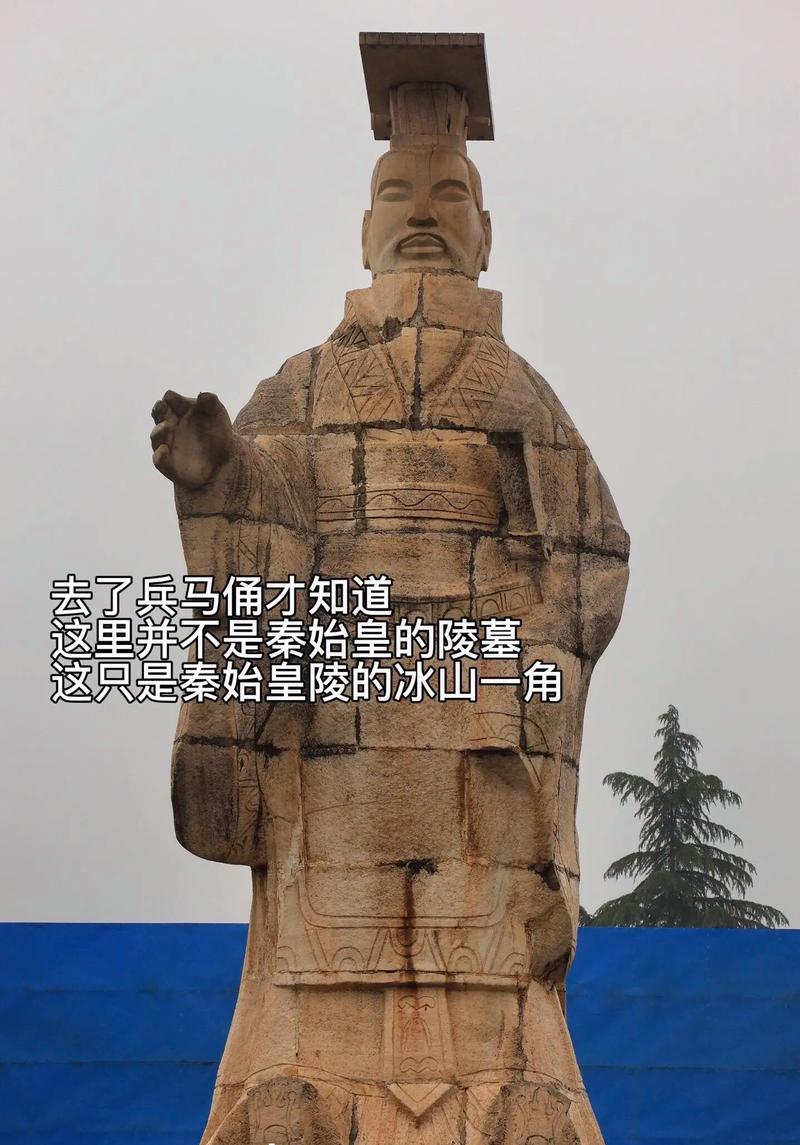
How Long Did It Take to Build the Terracotta Army?
The Terracotta Army is one of the most impressive archaeological discoveries of all time. It is a vast collection of life-sized terracotta statues of soldiers, horses, chariots, and other figures, buried with the first emperor of China, Qin Shi Huang, in the 3rd century BC. The army took an estimated 40 years to finish and involved the labor of over 700,000 people.
The Scale of the Project
To understand how long it took to build the Terracotta Army, it's essential to grasp the sheer scale of the project:
- Life-Sized Figures: Each figure in the army is life-sized and intricately detailed, requiring a tremendous amount of time and skill to create.
- Individual Features: The soldiers have unique facial features, hairstyles, and armor, suggesting they were modeled after real individuals.
- Thousands of Figures: While the exact number is unknown, estimates suggest there are over 8,000 soldiers, 130 chariots with 520 horses, and 150 cavalry horses.
- Vast Complex: The army was just one part of a massive tomb complex that covered over 50 square kilometers.
The Construction Process
The construction of the Terracotta Army was a complex process that involved multiple stages:
- Making the Clay: Workers had to dig up and prepare vast quantities of clay to create the statues.
- Molding the Figures: The figures were created using a combination of molds and hand-sculpting techniques.
- Firing the Statues: Once the figures were sculpted, they were fired in kilns at high temperatures to harden the clay.
- Painting and Detailing: After firing, the statues were meticulously painted and outfitted with weapons and armor.
Time Estimation
Experts estimate that it took approximately 40 years to complete the Terracotta Army. This estimation is based on several factors:
- Historical Records: Ancient texts provide some information about the construction of the tomb complex.
- Archaeological Evidence: The analysis of the site and materials used helps archaeologists understand the construction timeline.
- Labor Force: The estimated size of the labor force and the assumed pace of work are crucial factors in the calculation.
Rediscovery and Legacy
The Terracotta Army remained buried and untouched for over 2,000 years until its accidental discovery by farmers digging a well in 1974. This remarkable find has provided invaluable insights into the Qin Dynasty and ancient Chinese civilization.
Q&A
Q: Why was the Terracotta Army built? A: The Terracotta Army was built to protect the first emperor of China, Qin Shi Huang, in the afterlife. He believed that the soldiers would serve him in the next world just as they had in life.
Q: How were the Terracotta Warriors made so realistic? A: The figures were crafted using a combination of molds for the basic shapes and hand-sculpting for individual details. This combination allowed for both efficiency and realism.
Q: Are the Terracotta Warriors still being excavated today? A: Yes, archaeological work at the site is ongoing. New discoveries are being made all the time, adding to our understanding of this incredible historical treasure.